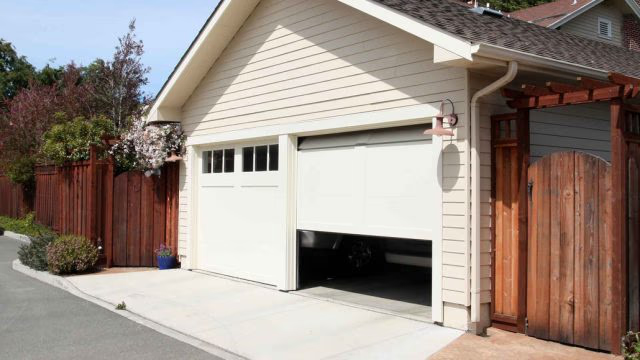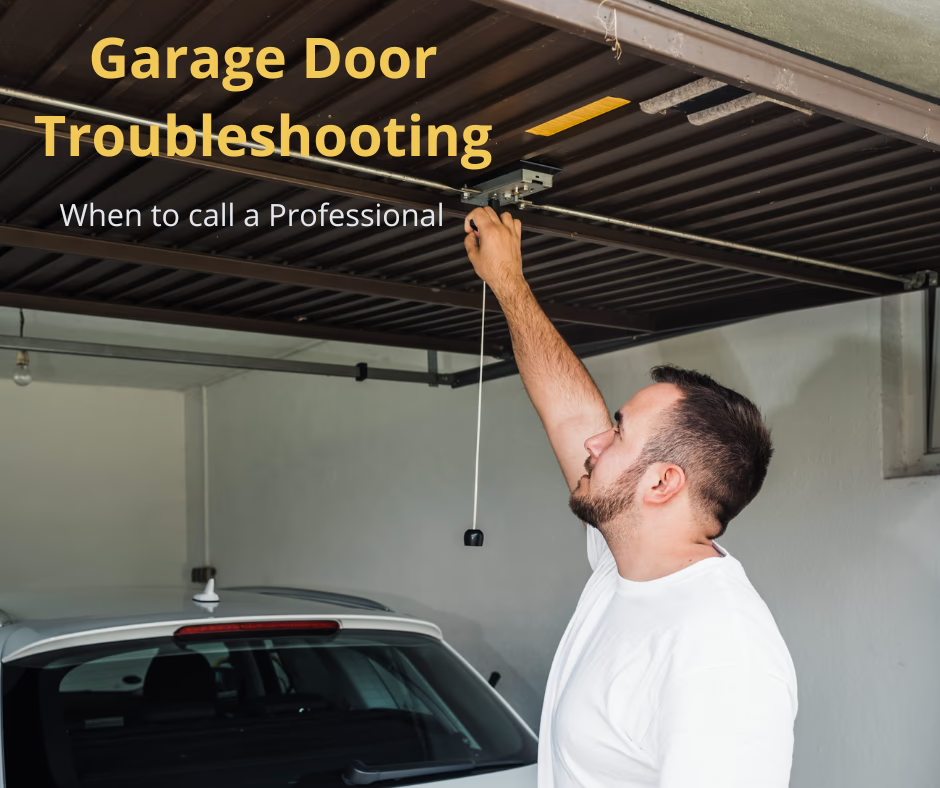Garage doors might seem like a simple part of your home. After all, people often say, “It’s just a door.” But that saying doesn’t quite apply here. A garage door is a complex system made up of several components that need regular attention. Like any mechanical device, garage doors experience wear and tear over time. One of the most critical components is the spring. Its job is to balance the heavy weight of the door, making it easier to open and close. When a spring breaks, it’s more than just inconvenient – it can be downright dangerous.
In this article, we’ll walk you through how to spot a broken garage door spring, the different types of springs, and what to do if you’re dealing with this issue – especially in Canada, where cold weather can make metal parts wear out even faster.
Why Are Springs So Important?
A typical garage door weighs between 130 and 250 pounds (60–115 kg). Without a spring system, lifting one manually is nearly impossible. Springs counterbalance the door’s weight, allowing you – or a garage door opener – to raise and lower it with ease. When a spring breaks, the whole system starts to fail.
Types of Garage Door Springs
Before you start troubleshooting, it helps to understand the two main types of springs used in garage doors:
- Torsion springs – Mounted horizontally above the door. These are more durable and distribute weight more evenly.
- Extension springs – Located on either side of the door. They stretch and contract when the door opens and are usually found in more budget-friendly systems.
If you’re dealing with a worn or broken spring, it’s important to replace it with the correct type and size to ensure smooth operation and safety. You can find high-quality replacement springs as part of our Calgary garage door sales, where we offer a full range of parts and components for both residential and commercial systems.
Signs Your Garage Door Spring Is Broken
Look out for these key symptoms:
- The door won’t open or opens with difficulty
If you hit the remote and the door doesn’t move – or opens in a jerky motion – chances are the spring is broken. Some openers may still lift the door, but the strain can burn out the motor. - A loud bang or pop
Garage door springs are under extreme tension. When one snaps, it makes a loud noise – often mistaken for something falling or even a gunshot. That sound is usually a sign the spring has snapped. - Uneven door movement
If one side of the door rises faster than the other or seems stuck, it could mean one of the paired springs has failed. This creates an imbalance in the system. - Visible damage or hanging parts
If you see part of the spring hanging loose or notice the spring looks distorted, that’s a clear sign it’s broken. - Difficulty opening the door manually
Even with the opener disconnected, a working spring should allow you to lift the door smoothly. If it takes a lot of effort, the spring is likely broken.
The Danger of DIY Repairs
Many Canadian homeowners enjoy tackling repairs themselves – especially in single-family homes. But replacing a garage door spring isn’t like fixing a leaky faucet. These springs are under massive tension and can cause serious injury if mishandled. Some even ask, “Can a garage door really kill someone?” The truth is – yes, it can.
Trying to replace a torsion spring without the right tools and training can be extremely dangerous. The risk is even higher in winter, when metal becomes more brittle – common in provinces like Alberta and Manitoba.
What to Do If Your Spring Is Broken
If you notice any of the signs listed above, stop using the door immediately. Turn off the automatic opener to prevent motor damage and call a professional. In Canada, many licensed companies offer same-day spring replacement. Whether you’re in Calgary, Toronto, or Vancouver, finding a reliable garage door repair expert is easy.
Prevention Is the Best Protection
To keep your garage door system running safely:
- Inspect your springs every 6 months. Lift the door halfway manually – if it doesn’t stay in place, it may be time to replace the springs.
- Lubricate all moving parts regularly, especially in the winter.
- Avoid hanging heavy items on the door or track system.
Final Thoughts
A broken garage door spring isn’t just a hassle – it can pose serious safety risks. This is especially true in Canada, where cold weather and fluctuating temperatures speed up wear and tear. By recognizing the warning signs and acting quickly, you can keep your home secure and extend the life of your garage system.
If you live in Canada and need emergency service, always call a professional – it’s the safest and most effective solution. And if you’re considering an upgrade, garage door installation Calgary AB services can help you make a smart and secure investment in your home.





